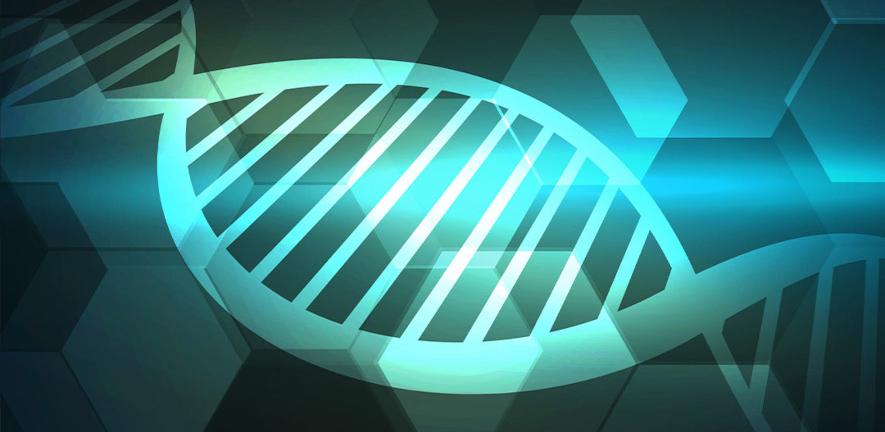
This new method allows for a simultaneous, phased reading of both genetic and epigenetic bases, which provides a more complete picture of the information stored in a genome.
Genetic vs epigenetic
When genetic changes occur, the underlying sequence of the DNA is modified, altering the relevant protein. But epigenetic changes can activate or deactivate genes (ie, switch them ‘on’ or ‘off’) without changing the underlying sequence of the DNA. These epigenetic modifications can have implications for disease detection, diagnosis, prognosis and tracking.
Most DNA sequencing approaches focus on either genetic or epigenetic changes, and capture incomplete information as a result. Methods used to detect epigenetic DNA bases fail to capture some common mutations or make finer distinctions between certain cytosines.
The new sequencing methodology published today in the journal Nature Biotechnology is different. It sequences complete genetics and the two most common cytosine modifications in a single workflow.
The researchers say the approach is accurate and requires low DNA input. The method works with existing sequencing instruments and the software can be used on existing set-ups.
Cambridge Epigenetix
Professor Sir Shankar Balasubramanian founded Cambridge Epigenetix in 2012 with Dr Bobby Yerramilli-Rao after developing new sequencing methods in collaboration with Professor Wolf Reik at the Babraham Institute in Cambridge, which allowed the epigenetic code of DNA to be mapped at high resolution for the first time at a crucial period, when the significance of epigenetics in health and diseases was becoming apparent.
Cambridge Epigenetix continues to conduct research in collaboration with Balasubramanian, and is at the forefront of developing technology which is bringing a new generation of diagnostic and therapeutic innovations that offer hope for many patients living with life-threatening diseases.
Research
Füllgrabe, J., Gosal, W.S., Creed, P. et al, Simultaneous sequencing of genetic and epigenetic bases in DNA, Nat Biotechnol (2023).

